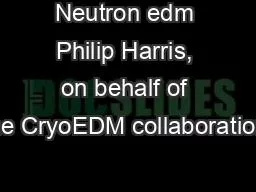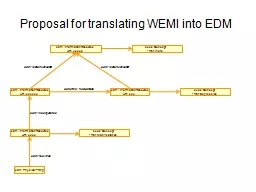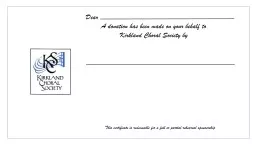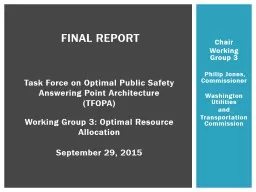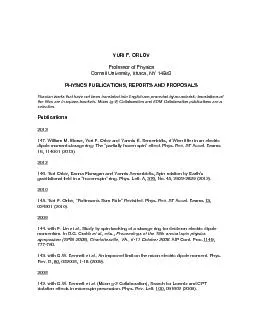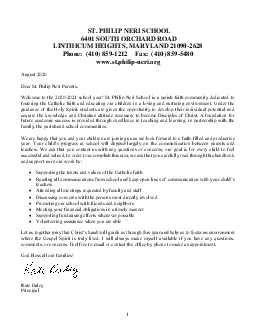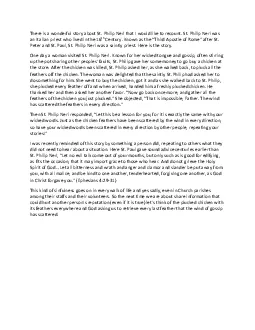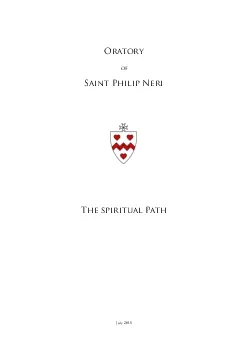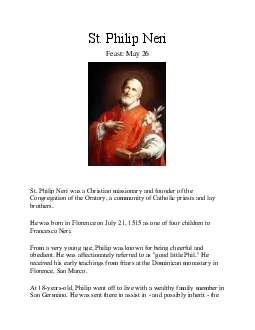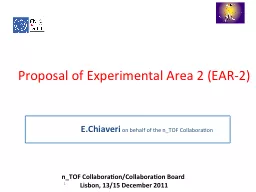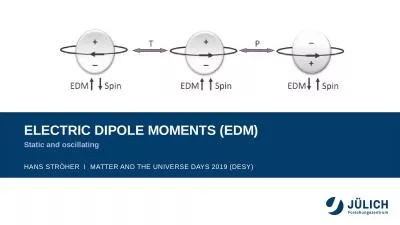PPT-Neutron edm Philip Harris, on behalf of the CryoEDM collaboration:
Author : rayfantasy | Published Date : 2020-07-04
Rutherford Appleton Laboratory University of Oxford University of Sussex ILL University of Kure Technology Neutrons in HV in Sensitivity NB sensitivityday is actually
Presentation Embed Code
Download Presentation
Download Presentation The PPT/PDF document "Neutron edm Philip Harris, on behalf of ..." is the property of its rightful owner. Permission is granted to download and print the materials on this website for personal, non-commercial use only, and to display it on your personal computer provided you do not modify the materials and that you retain all copyright notices contained in the materials. By downloading content from our website, you accept the terms of this agreement.
Neutron edm Philip Harris, on behalf of the CryoEDM collaboration:: Transcript
Download Rules Of Document
"Neutron edm Philip Harris, on behalf of the CryoEDM collaboration:"The content belongs to its owner. You may download and print it for personal use, without modification, and keep all copyright notices. By downloading, you agree to these terms.
Related Documents

